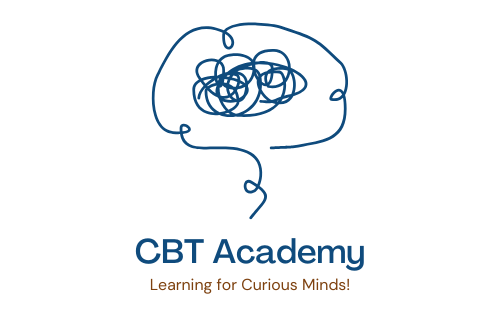The U.S. Department of Health and Human Services (HHS) Office of Inspector General (OIG) has outlined seven elements of an effective compliance program for healthcare organizations. These elements are designed to help prevent fraud, waste, and abuse while promoting ethical business practices. The seven elements of compliance are:
Written Policies and Procedures
- Organizations must develop and implement clear compliance policies, procedures, and standards of conduct.
- These documents should outline expectations for employees and address key risk areas.
Compliance Leadership and Oversight
- A dedicated compliance officer and a compliance committee should be in place to oversee the program.
- Leadership should have direct access to senior management and the governing board.
Effective Training and Education
- Organizations must provide ongoing compliance training to employees, contractors, and vendors.
- Training should be tailored to different roles and cover laws, regulations, and ethical expectations.
Effective Lines of Communication
- Employees should have multiple channels (e.g., hotlines, anonymous reporting mechanisms) to report compliance concerns.
- Organizations should foster a culture where employees feel comfortable reporting issues without fear of retaliation.
Internal Monitoring and Auditing
- Regular internal audits and risk assessments should be conducted to identify and correct compliance issues.
- Monitoring efforts should focus on high-risk areas such as billing, coding, and patient privacy.
Enforcement and Disciplinary Guidelines
- There should be consistent disciplinary actions for employees who violate compliance policies.
- Disciplinary measures should be applied fairly to all levels of the organization.
Prompt Response to Offenses and Corrective Action
- Organizations must investigate potential compliance violations and take corrective actions.
- Corrective measures may include policy updates, additional training, or disciplinary actions.

